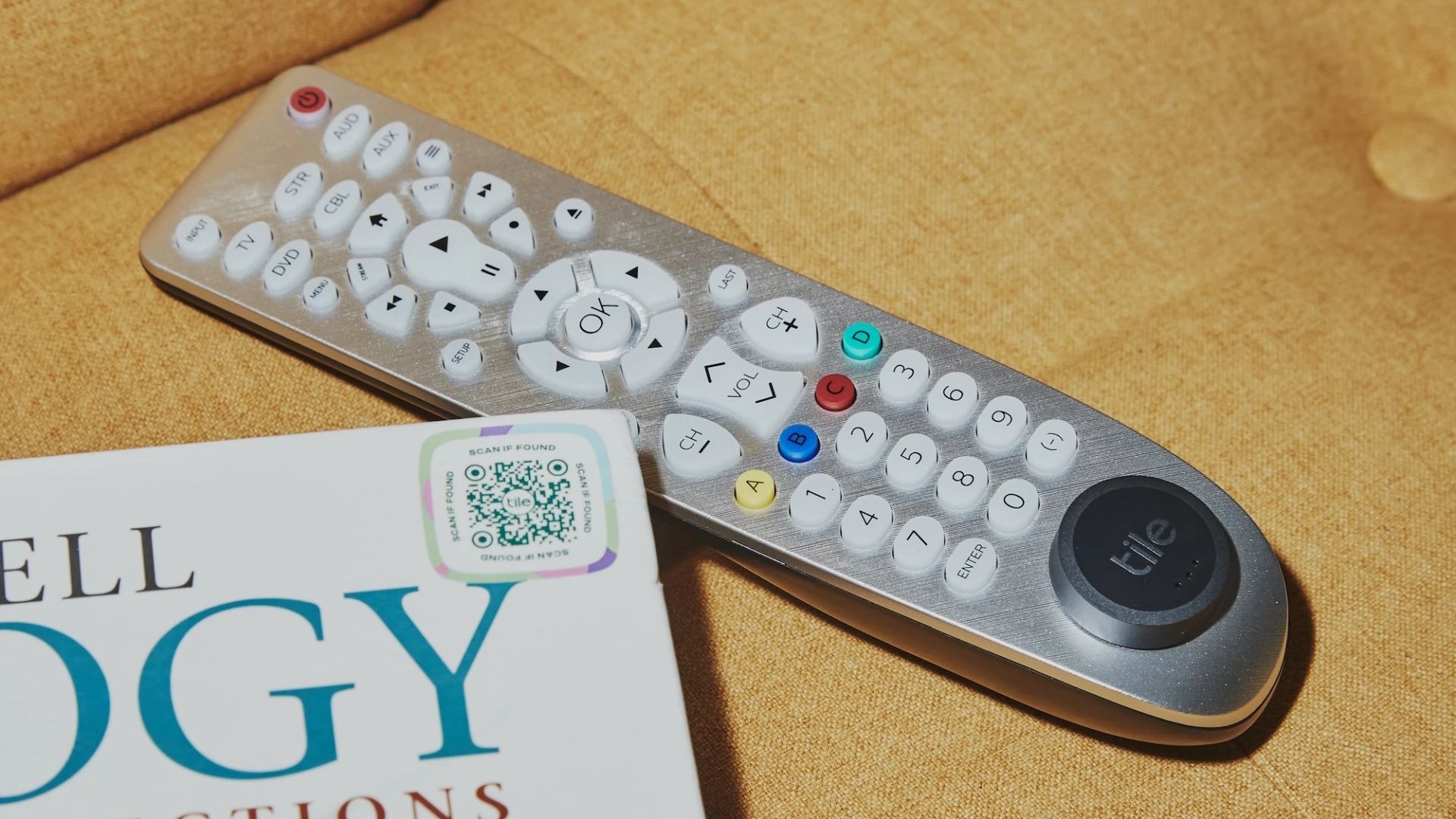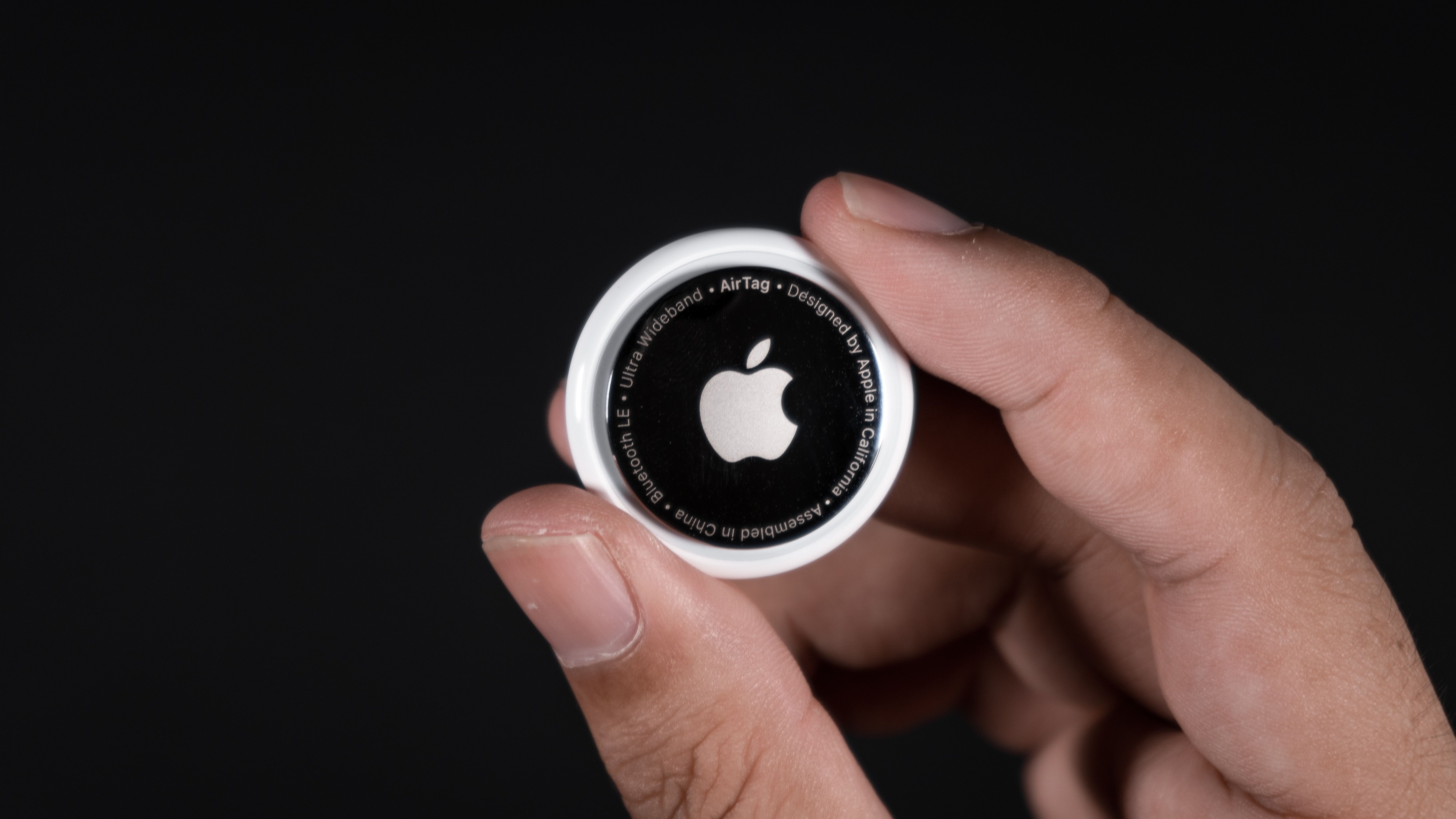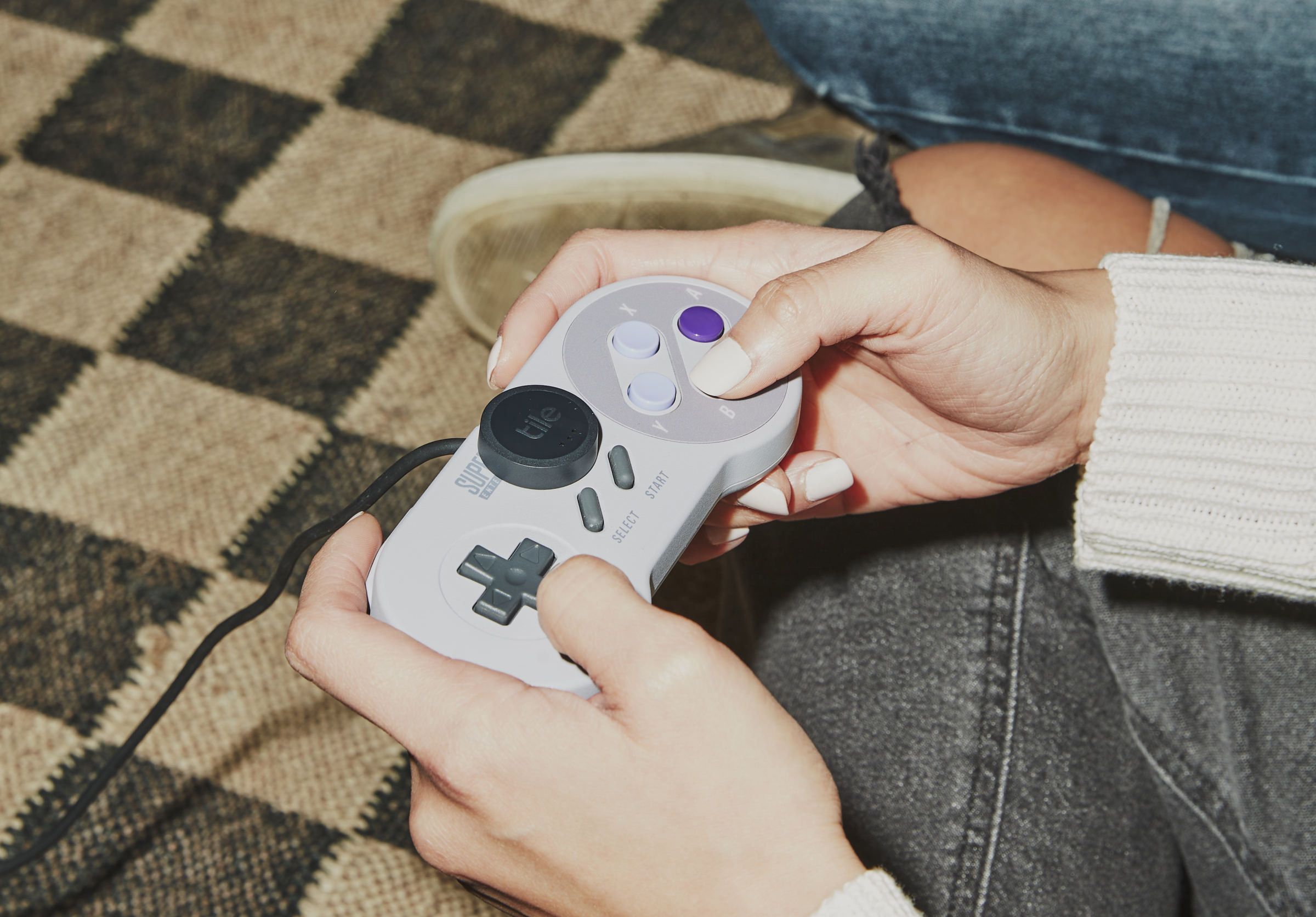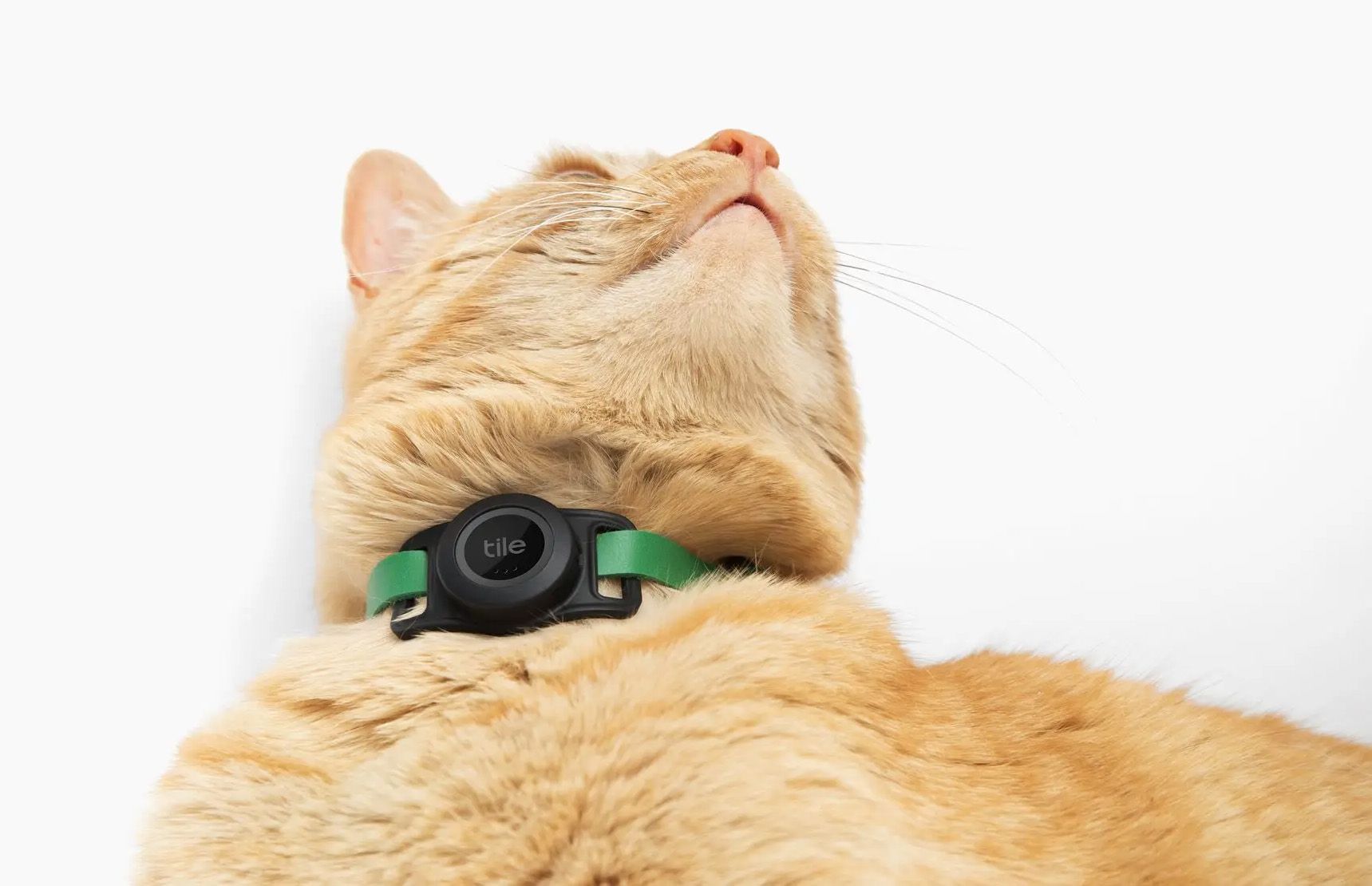-
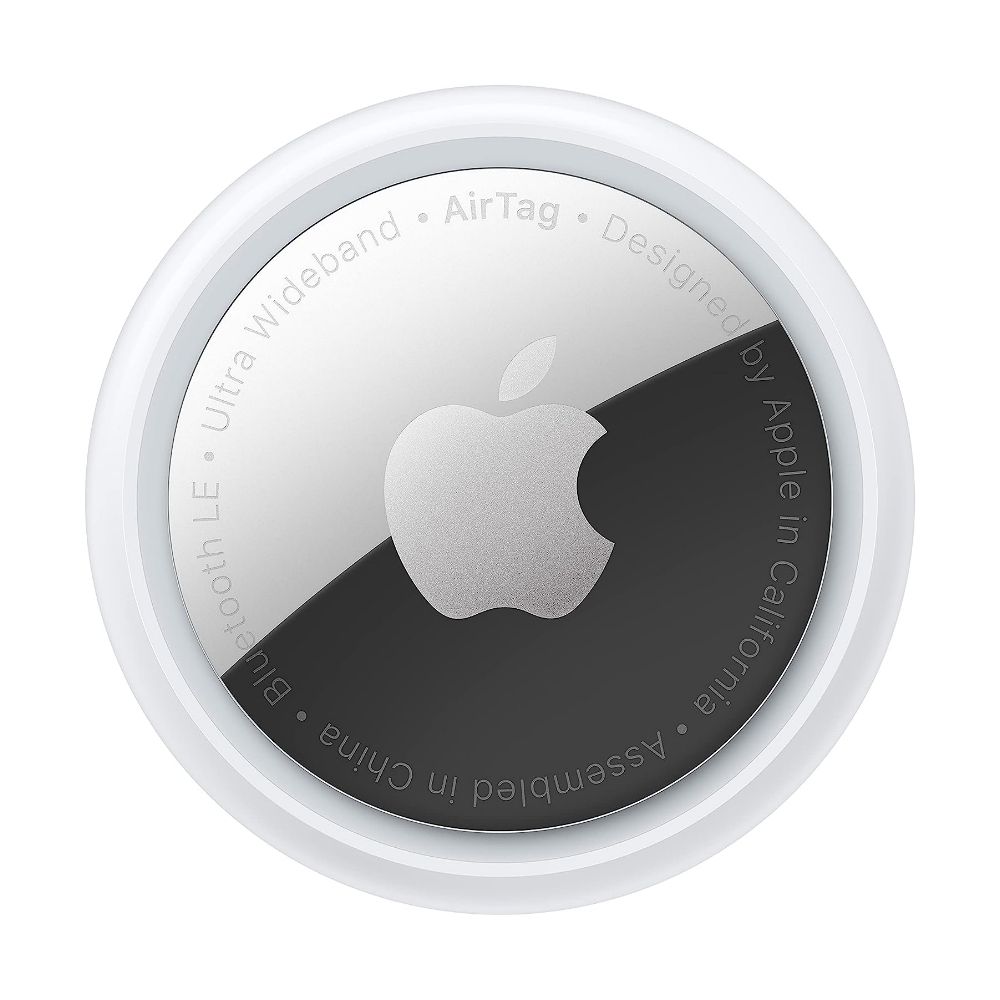
Powerful and versatile
Apple AirTag
$25 $29 Save $4
Without a real rival until recently, Apple’s AirTag has set the standard for Bluetooth trackers over the last few years. Its reliability, lifespan, and precision come courtesy of Apple’s great engineering, as well as its devices’ popularity. If you’re OK with using iOS, it’s tough to beat.
Pros- Worldwide precision
- Directional indicators via UWB
- Replaceable battery
Cons- No Android support
- Can’t ping your phone
- No integrated connection point
-
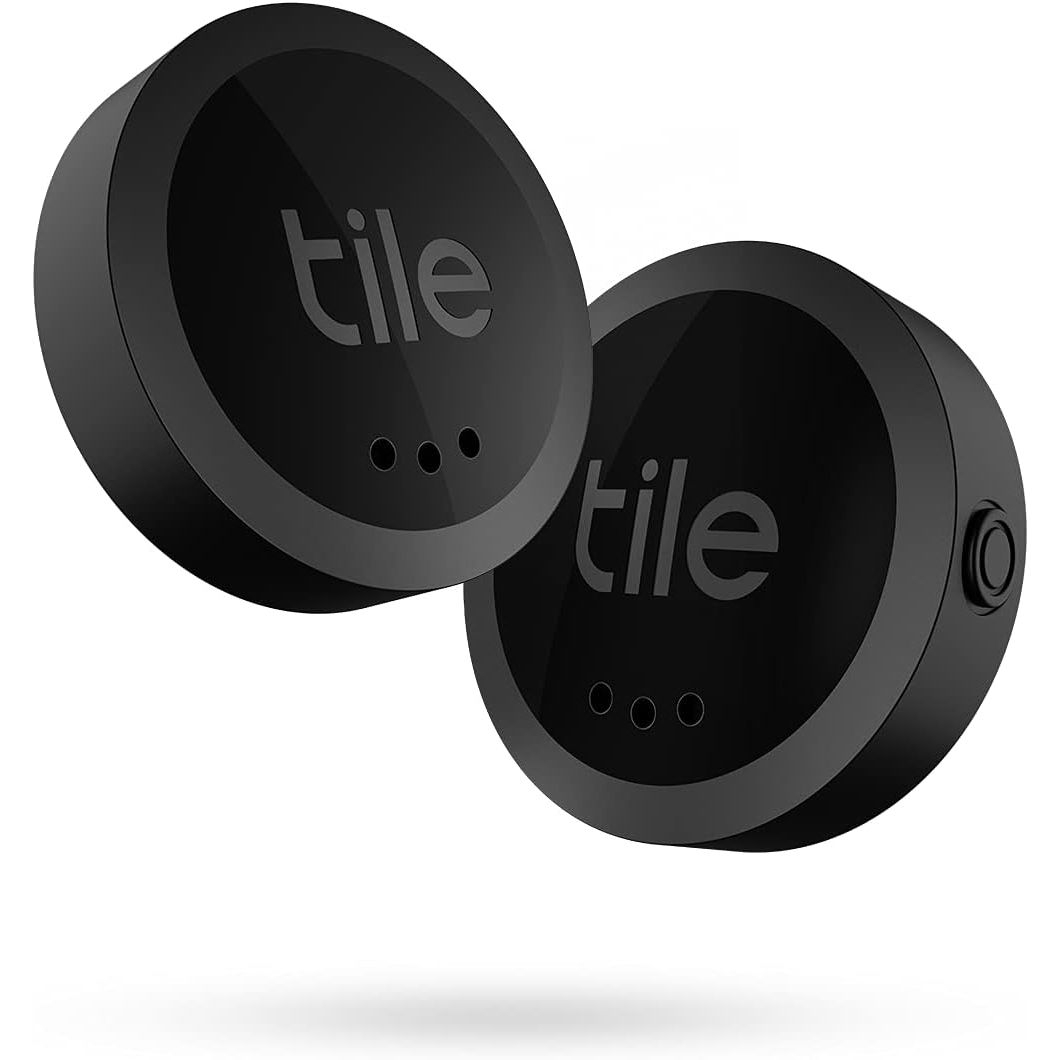
Compact and sticky
Tile Sticker
When it comes to those small objects you frequently misplace around the house, trackers don’t get much more straightforward than the Tile Sticker. It adheres to the small items and plays a loud alarm when you inevitably need to find it — or the phone it’s paired with — on your way out the door.
Pros- As small as they come
- Two-way device and phone finding
- Convenient pre-applied adhesive
Cons- Short range
- Limited network
- Not the best value
While Tile was the first entry to the market years ago and has several offerings, Apple’s AirTag Bluetooth trackers get most of the press for their industry-leading accuracy and reliability. But Tile’s not dead yet, and the 2022 Sticker remains one of the smallest trackers available. Despite their conceptual similarity, the two devices serve pretty different needs, and each requires a compromise or two, depending on your use case and smartphone platform.
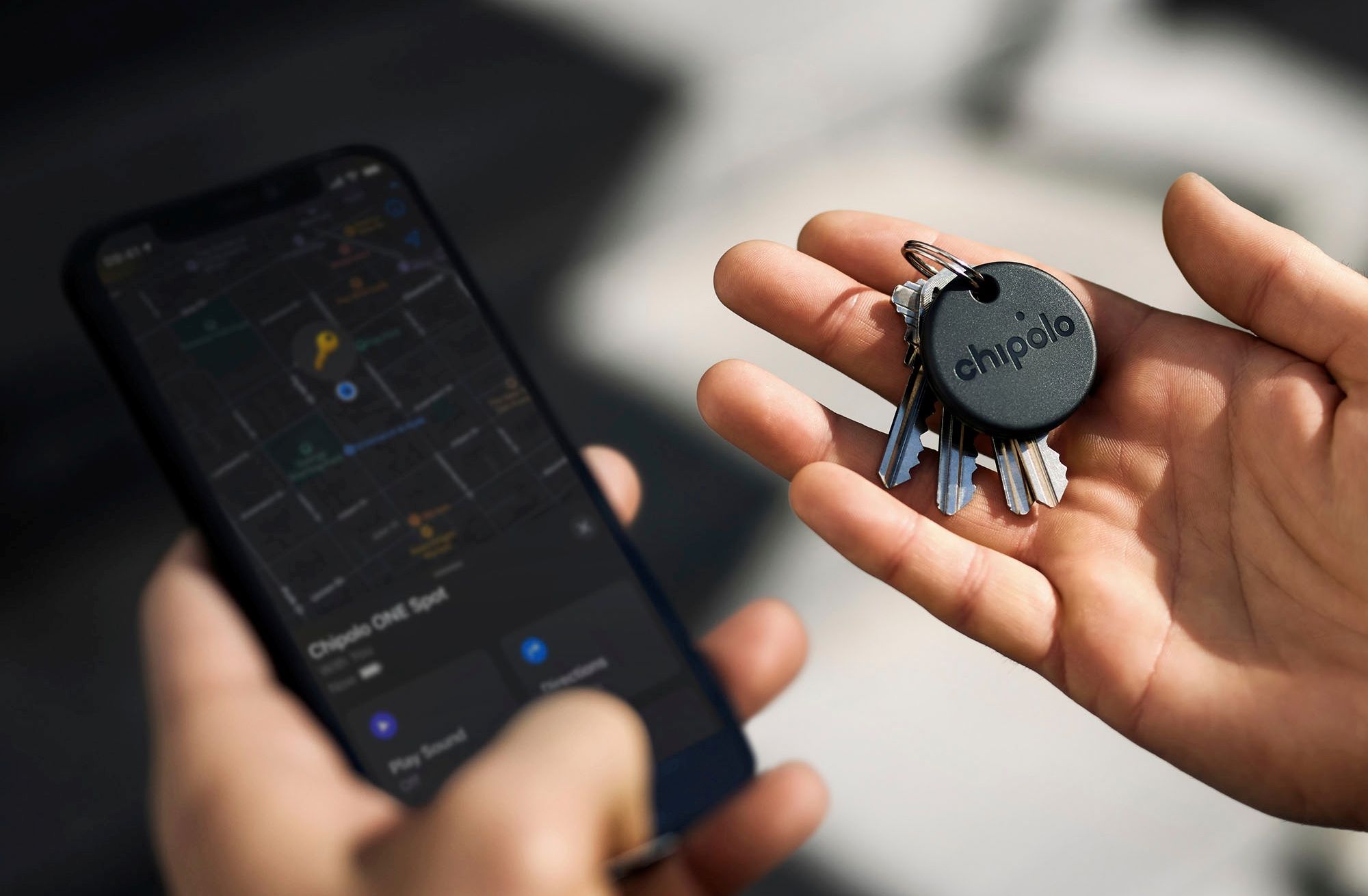
Read our ranking
Best smart tags in 2024
Never lose your precious belongings again with these smart tags
Price, availability, and specs
Both sport the same $30 MSRP and often see discounts of about $5. They’re also readily available from major third-party retailers, as well as the manufacturers themselves. You can usually save a little on either when you purchase a bundle of more than one, and if you buy directly from Apple, it’ll engrave the initials of your choice on your new AirTag at no cost.
Regionally speaking, neither has any limitations as far as where it works, although they both depend on how many other people are part of the network. The AirTag utilizes all Apple devices that haven’t opted out of the Find My network. The Sticker, like all Tiles, relies exclusively on Tile network members, and it’s uncertain how many will be in your location.
-
Apple AirTag Tile Sticker Connectivity Bluetooth LE, Ultra Wideband, NFC Bluetooth LE Battery Up to one year, user-replaceable CR2032 coin cell battery Up to 3 years, non-replaceable Range Up to 30m Up to 76m Water Resistance IP67 IP67
Design, build, and battery
Simple, small, and light, on both counts
Source: Tile
Both are about 8mm thick, while the AirTag’s 32mm diameter slightly exceeds the Sticker’s 27mm. The AirTag’s light, tipping the scales at just 11g, but the Sticker’s 5g mass means it’s barely even there. You can crack open Apple’s tracker to replace the CR2032 battery (which you’ll need to do roughly every year or so), while Tile’s key finder should last about three years — after which, it’s e-waste.
Matching IP67 ratings indicate they can withstand all dust, as well as up to 30 minutes in 1m of water or less. (Naturally, that doesn’t include whatever device they’re attached to.) The Tile Sticker’s slightly textured plastic and rubber edge make it easy to grab, and it gets its name from the factory-installed adhesive layer on the back. You won’t need any additional accessories to stick it to a remote control, key ring, or object you tend to lose track of.
Infamous for its stark design principles, Apple built the AirTag as a nearly featureless puck made of polished steel. It’s not exactly hard to hold onto, but it lacks any kind of adhesive, loop, or other attachment point. So, you’ll need to pick up an accessory to secure it to a valuable. That is, unless you just want to slide it into a pocket or purse.
Features
Similar technology, different result
Source: Mark Chan/Unsplash
The smart tags share an identical concept: using surrounding devices’ Bluetooth connections to determine and share their locations with the user. But their implementations differ in one big way. Apple devices ship with participation in the Find My network activated, requiring users to opt-out if they don’t want to contribute.
Because of this, AirTags are backed by a remarkably robust set of access points in regions where a lot of people use iPhones. It’s not uncommon for owners to track their devices as they move halfway around the world.
Tile also leverages participating devices’ Bluetooth radios, with a caveat. Tile’s proprietary network only talks to devices with the Tile app installed and participation enabled, severely limiting its trackers’ range and precision. And while it would make sense for the original Bluetooth tracker manufacturer to join forces with a bigger network, Tile doesn’t support Google’s Find My Device network, and there’s no indication that it ever will.
Source: Tile
So what is Tile’s smallest release good for? While it’s not completely incapable of locating something you left at a café across town, it’s much more suited to finding stuff you left nearby, but just can’t get your eyes on at the moment. The small size and reasonably sticky glue make it perfect for attaching to things, like remote controls, that you know won’t leave the house, but tend to end up in hard-to-see places. It can even help you find the phone it’s mated to, using a button on the Sticker that causes your device to play an alarm. AirTags have no such feature.
But if you’re playing in Apple’s walled garden, the AirTag also offers a couple of novel features. For finding local devices, UWB-enabled smartphones (which includes everything from the iPhone 11 onward) can use Precision Finding, complete with directional instructions, to locate the most hard-to-find items. So far, Samsung’s Smart Tags are the only non-apple trackers to offer something like this.
AirTags also have NFC chips inside. So, if someone finds an item with your tag on it anywhere in the world and scans it with their NFC-enabled device, a web browser pops up with your contact information to return your lost item. You can even use AirTags as NFC triggers for smart tech automations, although that’s far from a primary use case, since NFC tags are considerably cheaper and thinner.
Subscriptions
AirTags don’t need or offer one, and Tiles have some
Source: Tile
You won’t find any AirTag features locked behind a subscription. The Tile Sticker’s basic functionality works without any additional fees, too, although a $30/year Premium subscription provides a 30-day location history recording, the ability to share the tracker with friends or family’s phones, a defective device replacement warranty, and separation alerts in case you leave the tracked device behind.
The Tile Premium Protect, provides up to $1,000 of reimbursement for lost items if the tracker is unable to find and help reunite you. Unfortunately, the Premium Protect terms are so restrictive that it’s unlikely most people would be able to take advantage of them. To receive reimbursement, the following criteria must be met.
- You need to register covered devices within 30 days of first activating the Tile.
- You can’t file for reimbursement for the first 30 days of the plan.
- It doesn’t apply to prescription or OTC drugs or related equipment, antiques, jewelry, motor vehicles, the contents of any bags or wallets, living things including plants and pets, drones, or anything under more than 2 feet of water.
- You can only file one warranty claim per Tile device.
- You must buy the Tile from an authorized seller, and given Tile’s poorly functioning website, we’re not sure which those are.
- Warranties are only offered in the US.
So, while Tile’s normal Premium subscription has some uses, the $100/year Protect level doesn’t seem to be worth it.
Which one’s right for you?
If we’re talking about the better Bluetooth tracker overall, it’s AirTags. The network density and range make them impressively effective; that’s why they’re so popular. If you’re willing to be an Apple user, nothing else on the market matches its trackers yet. However, trackers from Pebblebee and Chipolo might change that — if Google’s network matures sufficiently.

Top pick
Apple AirTag
The best tracker, but it’s just for Apple users
$25 $29 Save $4
Nothing takes advantage of Apple’s vaunted ecosystem quite like the AirTag, which leveraged the iPhone’s immense popularity to become the most sought-after Bluetooth tracker in the world, by far. The only problem? It only works with Apple devices.
But if you want nothing to do with the iOS ecosystem (and we don’t blame you), AirTags are useless, and you might find some utility in the Tile Sticker. It’s not great at finding things that have left your home, but it’s perfect for keeping tabs on items you’d otherwise have to flip couch cushions and rifle through closets to find.

For Android users
Tile Sticker
Convenient option for close-by tracking
Just about as small as they come, the Tile Sticker adheres to your most commonly misplaced items to save you frustration. They’re not ideal for long-distance tracking but are suitable for local and in-home use.
Source link
